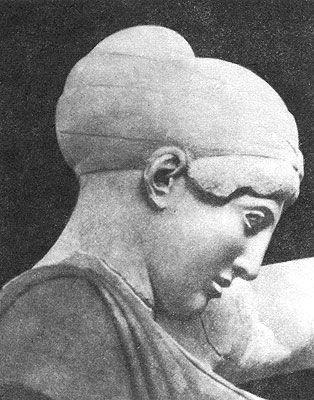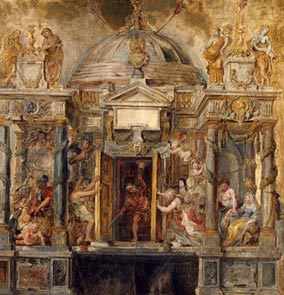beautiful French genius
Eugene Delacroix – Goethe’s Faust lithographs
 In the 1820s, the artist Eugene Delacroix was in the prime of his creative power. He is 30 years old, he is a recognized master, who created the paintings that put him among the best artists of France: “Dante and Virgil”, “The Massacre at Chios”, “The Execution of Marino Falyero”, “The Death of Sardanapala”.
In the 1820s, the artist Eugene Delacroix was in the prime of his creative power. He is 30 years old, he is a recognized master, who created the paintings that put him among the best artists of France: “Dante and Virgil”, “The Massacre at Chios”, “The Execution of Marino Falyero”, “The Death of Sardanapala”.
In them, Delacroix most fully reflected the ideas of progressive romanticism that prevailed at that time in French painting, to the transmission of historical truth, expressed by a bright, emotional language, which compels the emperor to sympathize with the characters, strong, whole and passionate. Continue reading
Fritz Kremer: “I had the good fortune to create many monuments that stand on the street”
 The essence of Kremer’s creative tasks is to appeal to the masses. “I feel it my duty,” says the artist, “to speak about the events that I experienced as a participant or a witness.” The path of Fritz Kremer more than once led him to the brink, the transition of which required to risk his life. His art speaks of the most tragic and sorrowful moments in the history of the 20th century courageously, simply and frankly. The artist does not lose faith in the light of human power and does not allow falsehood and emotion. Continue reading
The essence of Kremer’s creative tasks is to appeal to the masses. “I feel it my duty,” says the artist, “to speak about the events that I experienced as a participant or a witness.” The path of Fritz Kremer more than once led him to the brink, the transition of which required to risk his life. His art speaks of the most tragic and sorrowful moments in the history of the 20th century courageously, simply and frankly. The artist does not lose faith in the light of human power and does not allow falsehood and emotion. Continue reading
Rafael Santi – the ideal of the purest art
 In the view of the people of the Renaissance, beauty is above all the orderly consonance and the connection of parts, harmony. It is based on a proportion, a perfect image, where, in the words of the Italian scientist and architect Alberti, “you cannot add, subtract or change anything without making it worse.” Continue reading
In the view of the people of the Renaissance, beauty is above all the orderly consonance and the connection of parts, harmony. It is based on a proportion, a perfect image, where, in the words of the Italian scientist and architect Alberti, “you cannot add, subtract or change anything without making it worse.” Continue reading


